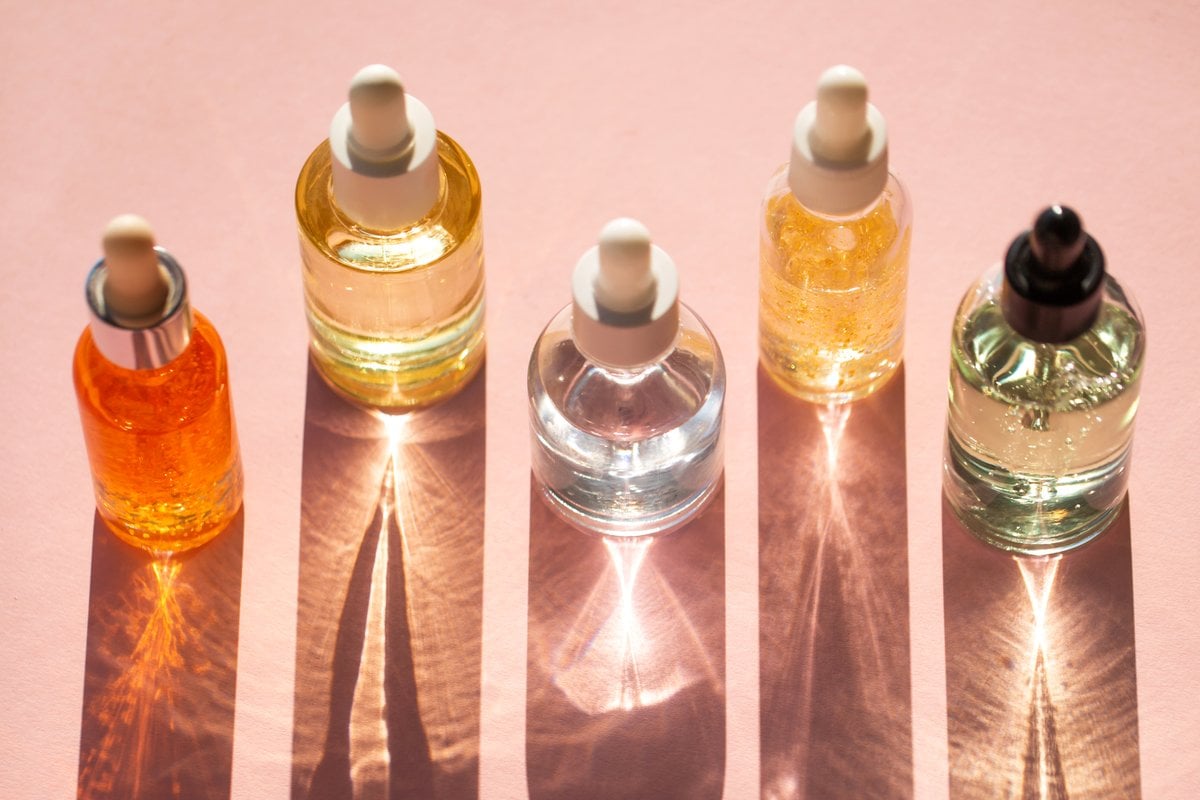
You know what's a real kick in the toot? When those spendy skincare products you bought didn't 👏 do 👏 a 👏 bloody 👏 thing.
Gah. It SUCKS. Especially when you've spent weeks reading up on the reviews and getting yourself all worked up into an excited mess (cya acne! bye redness! sayonara dark spots!).
Watch: If your new skincare products just aren't cutting it, here are 7 ways to improve your skin while sleeping. Post continues below.
The truth is, though - when it comes to skincare, a lot of us probably pay for fancy packaging and not much else.
Sad, we know.
But that's cause there's no real regulations around what kind of fancy claims and promises brands can slap on the front of packaging.
Listen: Why do skincare companies want my DNA? Find out on this episode of You Beauty. Post continues below.
Like, just because it looks good and costs a lot of money, doesn't mean it's actually worth it... y'know?
So what's a dame to do? How do you know if the skincare products you're spending on will actually work?
Well, apparently there's one sneaky trick that'll help you stop wasting your money on over-priced products - and you're going to wish you knew about it earlier.
Top Comments